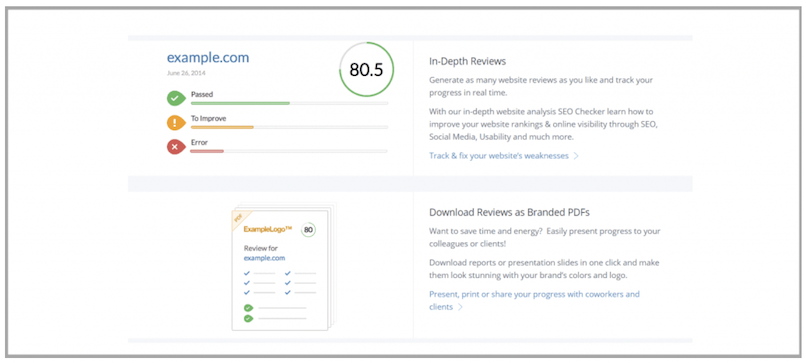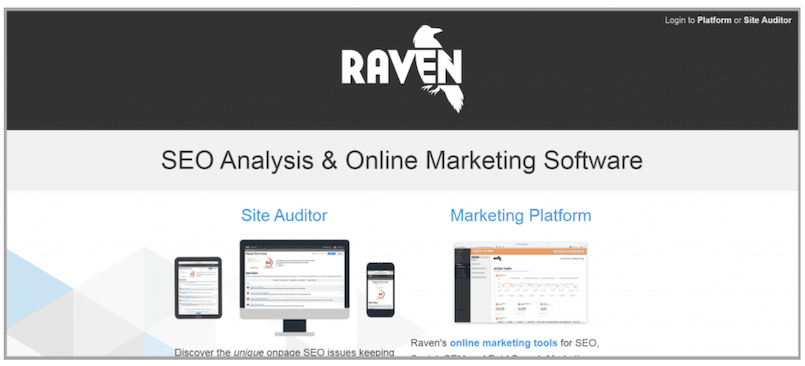You cannot rank lower than your competitor on Google and expect better results. Not knowing the SEO tricks to bring your site on top of the search engine result page (SERP) sends you on the back foot. If your website does not appear on the top, this means you’re missing out on clicks, which can eventually decrease your sales.
This SEO guide will help you to get started with e-commerce SEO. It is full of tactical strategies and suggestions, which can eventually help you improve your SEO game.
Technical SEO – The Game Changer
Search Engine Optimization (SEO) consists of numerous techniques and activities to help your site appear as high as it can on the SERP. The higher your site appears on Google, the more organic traffic it will get. This is something almost every individual on the Internet is aware of. What is not so popularly known is that the structure of SEO is not monolithic. Over time it has evolved into a many-headed technical beast.
Technical SEO is one of those many heads. It mainly focuses on non-content or structural aspects of the website. The purpose of technical SEO is to improve the discoverability, readability, and usability of the site. Hence, these three features form the pillars for an e-commerce marketplace.
It takes a lot of effort and dedication to bring organic traffic on the website. The question arises, how much worth is it? The research shows that it’s still very much alive, kicking, and worth it. Here are some of the stats to support the statement:
Let’s take a closer look at the elements that can help you at some of the elements that can grow any e-commerce marketplace.
SEO Checklist For An E-Commerce Website
SEO goes through constant changes because of the evolving technology, consumer behaviour, and search engine algorithm updates. There are numerous benchmarks that can have a great impact on the performance of e-commerce marketplace (if implemented properly).
- Use Of Meta Tags
The snippets of text in your HTML code from which the search engines crawl your web pages are called meta tags. By using the information collected from meta tags, the search engine categorizes and sorts the webpages. Essential meta tags recognized by Google are the meta title, meta description, and heading tags.
There are a few meta tags that overlap with On-page SEO, but it is crucial to use them within all the marketplace content. For example, all the new product pages created by vendors should have their specific meta tags.
- Check The Code Health
Code health plays a major role in SEO for ranking pages. It is mainly about the maintainability, stability, readability, and simplicity of the code. It is crucial for marketplaces to validate their code regularly. This ensures that search engines can easily crawl the site.
Checking the code health also includes repairing broken links and removing irrelevant tags. For making your site load faster, all the HTML, Java, and CSS files should be minified.
- Images Should Be Optimized
One great way to improve website performance is by optimizing all the images it contains. Optimizing images has a lot more to it than just page speed; it also impacts consumer behaviour.
Today’s generation prefers using visual search to buy products. Over 50% of online shoppers claimed to have purchased a product based on its image. A BigCommerce and Square study shows that images are the most important factor to enhance the online shopping experience.
When it comes to the deliverability of these images, they should be optimized in two ways.
- For different screen sizes, they should be served in different dimensions. Showing a 4000 px by 3000 px image on a six-inch screen or on a product list page that has 50 other products will never have a positive impact on the website.
- Images should be compressed efficiently to not have a size of more than 100KB. Just for context, the average size of an image clicked by a mobile phone is around 3 MB, and that of a fast loading website should not be more than 2 MB. Optimized images will always impact a website positively.
- Mobile Friendliness
Be it for e-commerce websites or any other website, you cannot negotiate on the mobile-friendliness aspect. The current user base of smartphones demands it. There is a Statista survey, according to which 48% of the respondents claimed that the primary device they use for accessing the Internet is a mobile phone and it’s a trend that’s not going down.
Google is always on top of following consumer behaviour. The mobile-friendly update of 2015 made sure that website performance on mobile will affect the ranking of webpages.
If the user interface of your website demands the user to scroll horizontally on the smartphone, then ranking will definitely get a dent. Similarly, if the page elements are spaced too close, it becomes difficult for the users to navigate. Thus, difficulty in navigation can also contribute to a decrease in the ranking of a page.
Top 3 Website Auditing Tools
The role of SEO is very crucial in popularizing the website on different search engines. As the process of SEO auditing consumes a decent amount of time, all the pages of the website need to be analysed with the help of technical tools.
There are a plethora of tools available in the market for website auditing. These tools can help you in figuring out the areas of concern on the site. They can give detailed audit reports and suggestions to counter the issues and guide you in making the website rank higher.
Here are three trusted tools to help you in this journey:
- SE Ranking
If you need to check your website’s health, SE Ranking can run a deep analysis of the technical SEO. It has expert-level features made for everyone, even beginners with an ambition to rank higher.
SE Ranking is one of the most popular tools providing a wide variety of features, such as, keyword rank tracker, website audit, On-page checker, backlink monitor, and many others.
The website audit feature makes life easy for an SEO executive as it helps to do the comprehensive analysis of the website. This feature provides a full description of all the possible technical issues like crawlability, indexability, site architecture, HTTP implementation, etc., which in turn can help to rank your website in an easy way.

2. Woorank
Woorank is an effective tool for auditing websites. It provides valuable insights about On-page SEO, Off-page SEO, and technical SEO of your website. It offers both free and paid versions and you can even download the auditing reports in the PDF format. The reports are easy to understand and you can simply solve all the issues triggered in the report.

3. Raventools
For businesses and digital agencies, Raventools is an excellent tool for SEO auditing. It gives a quality report with all technical SEO recommendations. It has striking features to provide insights on the page speed, social media reputation, page design, backlinks, etc.

Conclusion
It is important to understand that SEO work is not a one-time thing. It is not a deal that says – Do Now, Rest Forever. Since Google consistently makes changes in their algorithms to make the customer experience better, you need to be constantly on your toes to adapt to those changes for better SEO results.
Said that, dealing with SEO can be really exhausting and requires a lot of dedication to get impressive results. However, these efforts can be significantly reduced by using various website auditing tools as mentioned in this article above. These tools will surely act as a savior by providing all the information and suggestions at a go to make your website rank higher.










